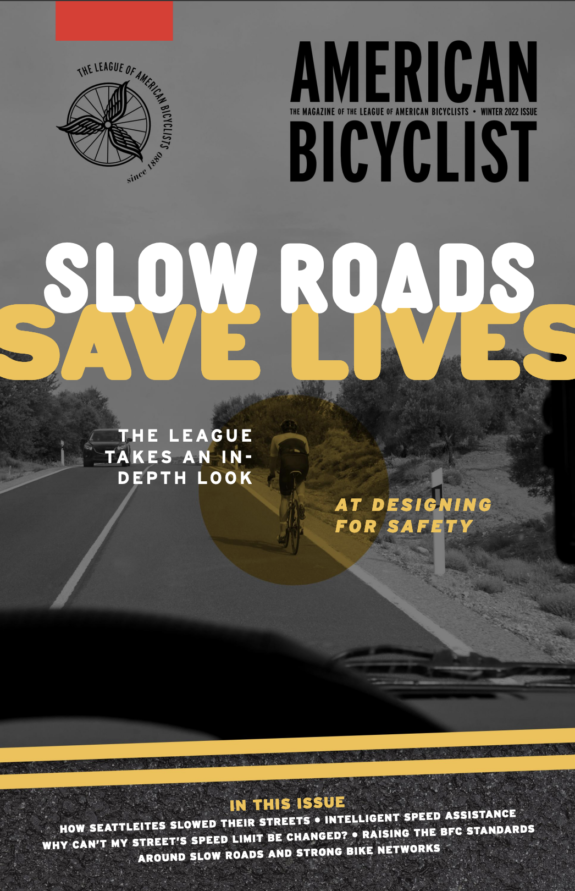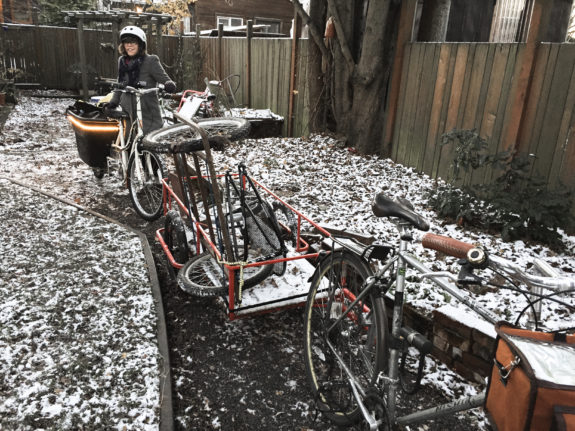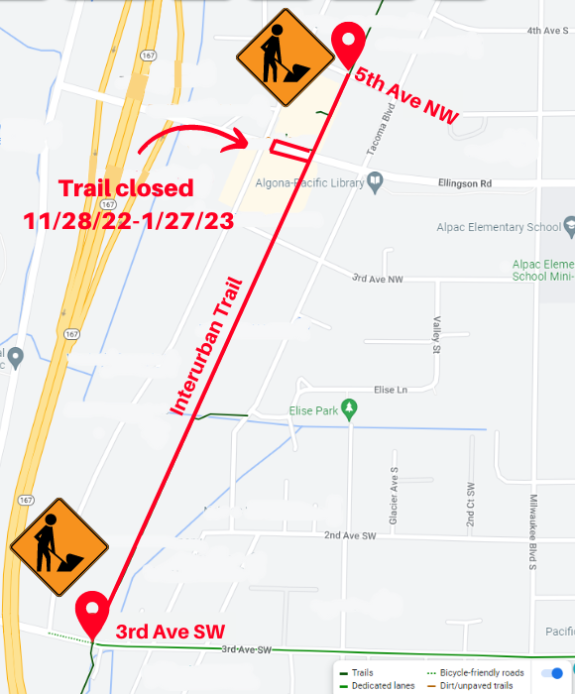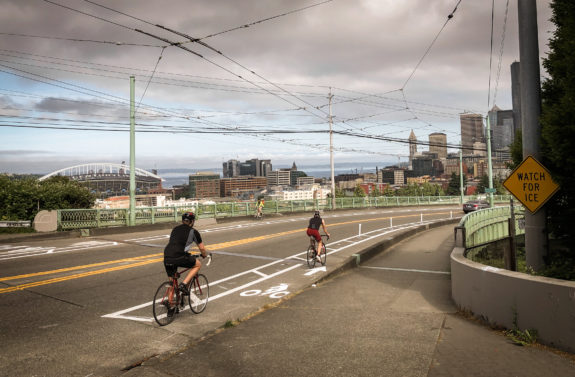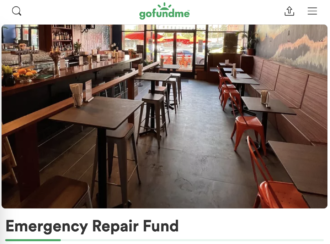
When I think of Cycle Dogs, I think of sitting in the backyard of Peddler Brewing eating a creative and delicious vegan dog. What started as a hot dog cart in a bike trailer (we wrote about the initial Cycle Dogs cart back in 2014) grew into a food truck and, in 2021, a brick and mortar restaurant near the Mighty-O at 17th and Market in Ballard.
But the move inside has been difficult for owners Keaton and Becky Tucker as a series of unexpected repairs put them into debt. This has led them to reach out to supporters for some emergency funds to help them get back on stable financial ground. So go get a dog. And if you want to lend some extra support on top of dinner, you can contribute to the GoFundMe. From Cycle Dogs:
Cycle Dogs had a rough start with our new brick-and-mortar location. In February 2021, we began renovation on the new space. Immediately, we were met with unexpected setbacks, resulting in huge losses. These setbacks continued to plague us through the summer of 2022. Over and over, we took it on the chin and tried to figure out a path forward. A way that didn’t require the help of a crowdfunding campaign.
Cycle Dogs has lost an estimated $144,000 due to unforeseen repairs and closures. Once our contingency fund was used up and the owner’s assets were liquidated, we were forced to take two short-term, high-interest loans. Had our troubles ended there, we would have been able to overcome the setbacks ourselves. Unfortunately, our bad luck continued. When our AC broke, it was the last straw.
We love our customers! They’ve shown us more support than we could ever dream of. We want to stress that we do not have a revenue problem. Our growth rate is right on track. Unfortunately, we got too far behind with repair costs and need additional help. To help us kick our predatory loans and keep our doors open, we’re looking to raise 35K in emergency funding.
We so badly want to get back to giving back to the community. Lately, we haven’t been able to do that. Please consider donating so we can get back on track.
Thank you,
Keaton & Becky Tucker

